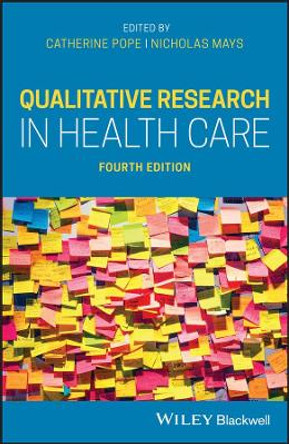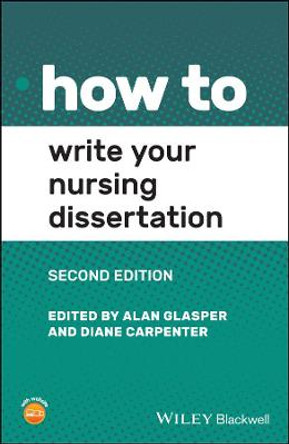Description
A thriving port, a frontier base for the lords of Gower and a multi-cultural urban community, the south Wales town of Swansea was an important centre in the Middle Ages, at a nexus of multiple identities, cultural practices and configurations of power. As the principal town of the Marcher lordship of Gower and seat of the Marcher lord's rule, Swansea was a site of contested authority, colonial control and complex interactions - and collisions - between different cultures, languages and traditions. Swansea also features in the miracle collection prepared for the canonisation of Thomas Cantilupe, Bishop of Hereford (d. 1282), as the setting for the intriguing case of the hanging and strange revival of the Welsh rebel, William Cragh. Taking medieval Swansea and Wales as its starting point, this volume brings into focus questions of place, power, identity and belief, bringing together inter-disciplinary perspectives which span History, Literary Studies and Geography / Archaeology, and engaging with current debates in the fields of medieval frontier studies, urban history, manuscript studies and hagiography.
This book was originally published as a special issue of the Journal of Medieval History.
About the Author
Catherine A.M. Clarke is Professor of Medieval Literature and Culture at the University of Southampton, UK. She directed the AHRC-funded project 'City Witness: Place and Perspective in Medieval Swansea', having previously led a similar project on the literature and culture of medieval Chester. She has published widely on place, power and identity in medieval Britain.
Reviews
The various essays in the book include material which is valuable and interesting.-David Stephenson, Archaeologia Cambrensis
Book Information
ISBN 9780367030063
Author Catherine Clarke
Format Paperback
Page Count 120
Imprint Routledge
Publisher Taylor & Francis Ltd
Weight(grams) 226g










